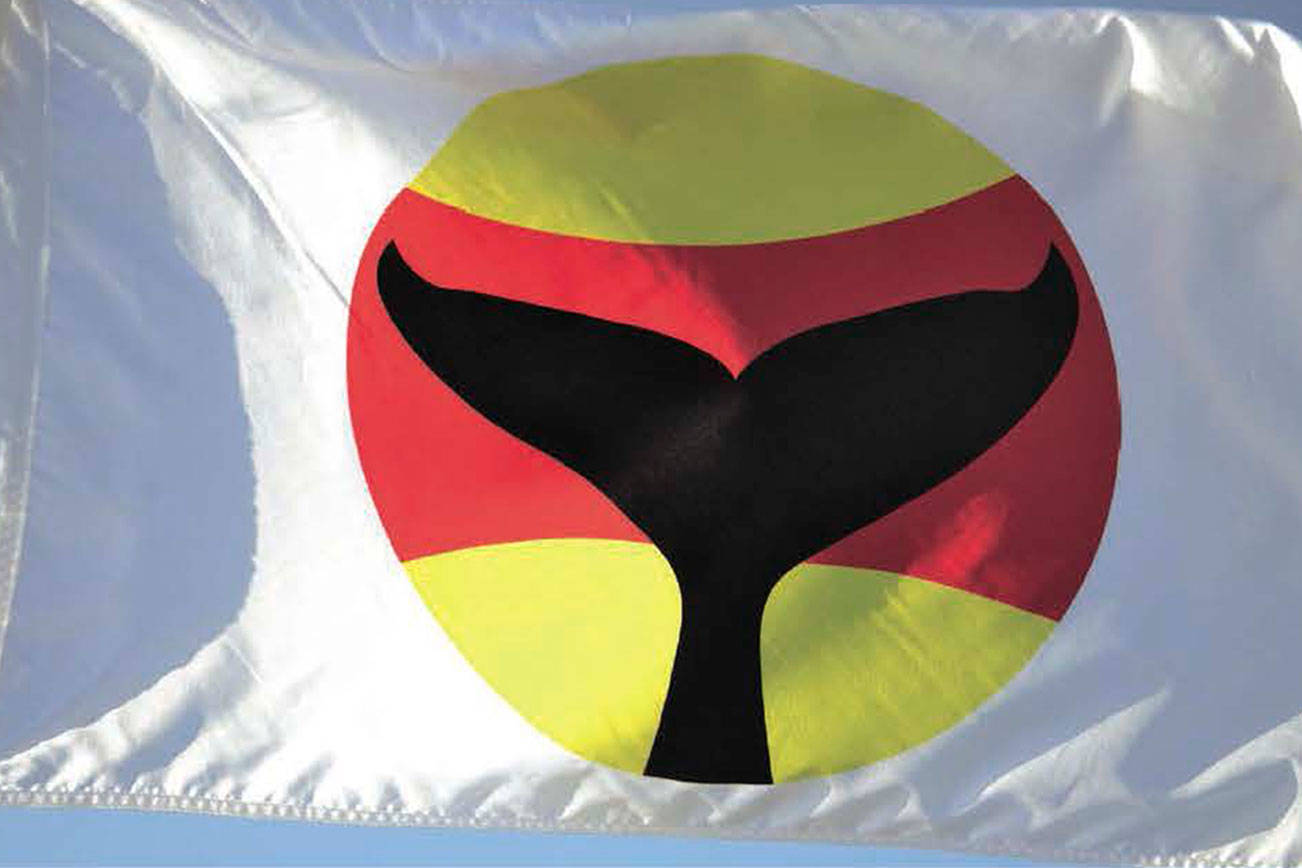Submitted by San Juan County
San Juan County and its Marine Resources Committee are seeking help to reduce impacts on local wildlife, especially the Southern residents. This summer San Juan County and its Marine Resources Committee are working closely with the National Oceanic and Atmospheric Administration, Washington Department of Fish and Wildlife, the Pacific Whale Watch Association, the kayaking community, The Whale Museum and the Be Whale Wise core team to encourage boaters to be more aware for the presence of whales when out on the water.
From May through September, Southern resident killer whales traditionally frequent the waters around the San Juan Islands. This is also the primary time for residents and visitors to get out on the water to recreate and travel. Safely sharing the waters with marine life, including whales, porpoise, seals and sea lions, requires special attention from all boaters.
Whether you are in a large or small motorized or non-motorized vessel, all types of watercraft and on-water activities have the potential to impact the endangered orcas in the vicinity. The species is in significant decline due to lack of Chinook salmon, bioaccumulation of toxins and excessive underwater noise that hinders the whales’ ability to navigate, detect increasingly scarce prey and to communicate with one another.
In this local effort to reduce the impacts of boats on Southern resident killer whales, boaters are encouraged to:
• Support the voluntary “no-go” zone, which has also been called a whale and salmon sanctuary by the county council, on the west side of San Juan Island from Mitchell Point to Cattle Point, by staying at least ¼ mile offshore while staying ½ mile offshore around Lime Kiln Lighthouse to protect sensitive foraging and resting areas. It is important to reduce speed to lower your sound impact, keep watch and not follow the whales.
• Support the use and adherence to the Whale Warning Flag. The flag, being piloted this summer, notifies boaters that whales are within 0.65 mile (1 km) of the flagged boat or shore point, and requests you slow to less than 7 knots, proceed with caution, turn off sonar (fish/depth finders), and, if possible, avoid moving toward the whales. Expect to see the flags appearing on boats and from land stations on the west side by July.
• Know and follow the Be Whale Wise (bewhalewise.org) guidelines and laws in place to protect Southern resident killer whales and other whales.
Kayaks launching from the San Juan County Park within the voluntary no-go zone operate under a special use permit and have been following the Kayak Education and Leadership Program, known as KELP. This program was developed in 2010 by the county parks, The Whale Museum and the kayak industry.
The county will continue to explore management options that will allow both sanctuary for foraging and socializing to orcas in the sensitive habitat along the west side of San Juan Island and the use of the area to residents and visitors.
Increasing awareness of whales in the local waters not only helps to reduce impacts to the whales but also helps to protect people and vessels.
For info on how to protect Southern resident orcas, or to join the whale flag pilot project, contact Frances C. Robertson, San Juan County Marine Program coordinator, at francesr@sanjuanco.com, or Deborah Giles, University of Washington Friday Harbor Labs resident scientist and science director at Wild Orca, at giles7@gmail.com.




